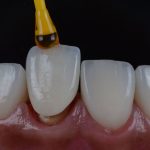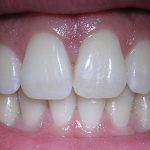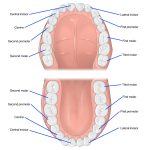Cat Dental Care 101: How to Clean Your Cat’s Teeth at Home
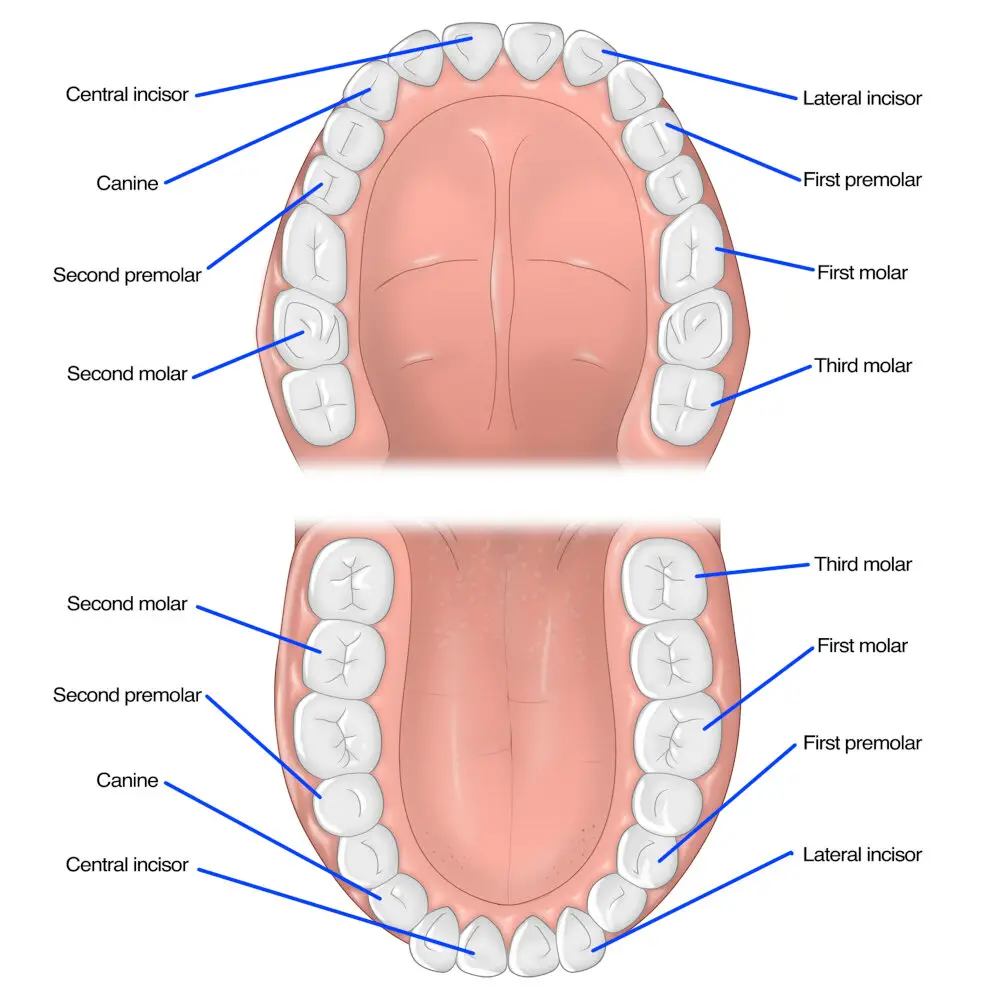
Cats are known for their fastidious grooming habits, but when it comes to dental care, they often require a little extra help. Proper dental care is essential for your cat’s overall health and well-being, as dental problems can lead to a range of health issues, including kidney disease, heart disease, and even cancer. Fortunately, with a few simple steps, you can help keep your cat’s teeth clean and healthy at home. Regular dental care can significantly improve your cat’s quality of life, and it doesn’t have to be a daunting task. In this guide, we’ll take a closer look at cat dental care basics, including how to clean your cat’s teeth at home, what signs to watch out for that may indicate dental problems, and how to prevent dental issues in the first place. Whether you’re a first-time cat owner or a seasoned pro, this guide will provide you with the knowledge and tools you need to help keep your furry friend’s teeth in tip-top shape.
Cat dental care is essential to maintain the overall health and well-being of our feline friends. Poor dental hygiene in cats can lead to a host of problems, including bad breath, gingivitis, periodontal disease, and even tooth loss. Additionally, dental issues can also contribute to other health problems, such as heart disease and kidney disease. Regular teeth cleaning at home, as well as routine checkups with a veterinarian, can help prevent dental problems and ensure that our cats have healthy teeth and gums. With proper dental care, we can help our furry companions maintain their quality of life and enjoy a happy, healthy life.
Regular dental care is essential for your cat’s overall health and well-being. But how often should you clean your cat’s teeth? Ideally, you should aim to brush your cat’s teeth at least two to three times a week. However, the frequency of dental cleaning may depend on your cat’s age, diet, and dental health. Younger cats may require less frequent cleaning, while older cats or those with dental issues may require more frequent cleaning. Additionally, feeding your cat a healthy diet and providing them with dental treats and toys can also help reduce the need for frequent dental cleanings. Remember, maintaining your cat’s oral hygiene can help prevent dental problems and potentially costly dental procedures in the future.
Tools and Techniques

Tools and techniques are essential components of any successful cat dental care routine. The most important tool for cleaning a cat’s teeth is a toothbrush, specifically designed for feline use. These toothbrushes come in different shapes and sizes, including finger brushes, which fit over the finger like a glove, and traditional brushes, which resemble human toothbrushes but with softer bristles. When selecting a toothbrush, it is important to consider the size and shape of your cat’s mouth and teeth, as well as their individual temperament and tolerance for toothbrushing. Additionally, specialized cat toothpaste, formulated with flavors that appeal to cats, can be used to make brushing more enjoyable and effective. In addition to toothbrushes and toothpaste, there are other tools and techniques that can be used to keep a cat’s teeth healthy. Dental chews, which are designed to remove plaque and tartar buildup, can be a great addition to a cat’s dental care routine. Additionally, water additives and oral sprays can help to freshen breath and prevent the growth of bacteria in the mouth. It is important to note, however, that these products should be used in conjunction with regular toothbrushing and dental checkups, as they are not a substitute for proper oral hygiene. By utilizing these tools and techniques, cat owners can help to ensure that their furry friends maintain healthy teeth and gums for years to come.
When it comes to cat dental care, having the right tools is crucial. To properly clean your cat’s teeth at home, you will need a toothbrush, toothpaste, and dental treats. A cat-specific toothbrush will have softer bristles and a smaller head, making it easier to maneuver around your cat’s mouth. Look for toothpaste that is formulated for cats, as human toothpaste can be toxic to them. Dental treats can also help keep your cat’s teeth clean by removing plaque and tartar buildup. It’s important to introduce these tools slowly and gently to your cat to help them feel more comfortable with the process. With the right tools and a bit of patience, you can help ensure your cat’s dental health for years to come.
Maintaining your cat’s dental hygiene is crucial for their overall health and well-being. Regular cleaning of your cat’s teeth can prevent the development of plaque, tartar, and dental diseases. Several techniques can be used to clean your cat’s teeth at home. One of the most effective ways is to use a soft-bristled toothbrush and cat-friendly toothpaste. Start by gently lifting your cat’s lips and brushing their teeth in a circular motion. Another alternative is to use dental wipes, which are specially designed to remove plaque and freshen breath. Additionally, providing your cat with dental chews or toys can help remove debris and promote healthy teeth and gums. It is essential to establish a routine and be patient with your cat to make the process less stressful for them. With proper dental care, your feline friend can enjoy healthy teeth and a happier life.
Signs of Dental Problems
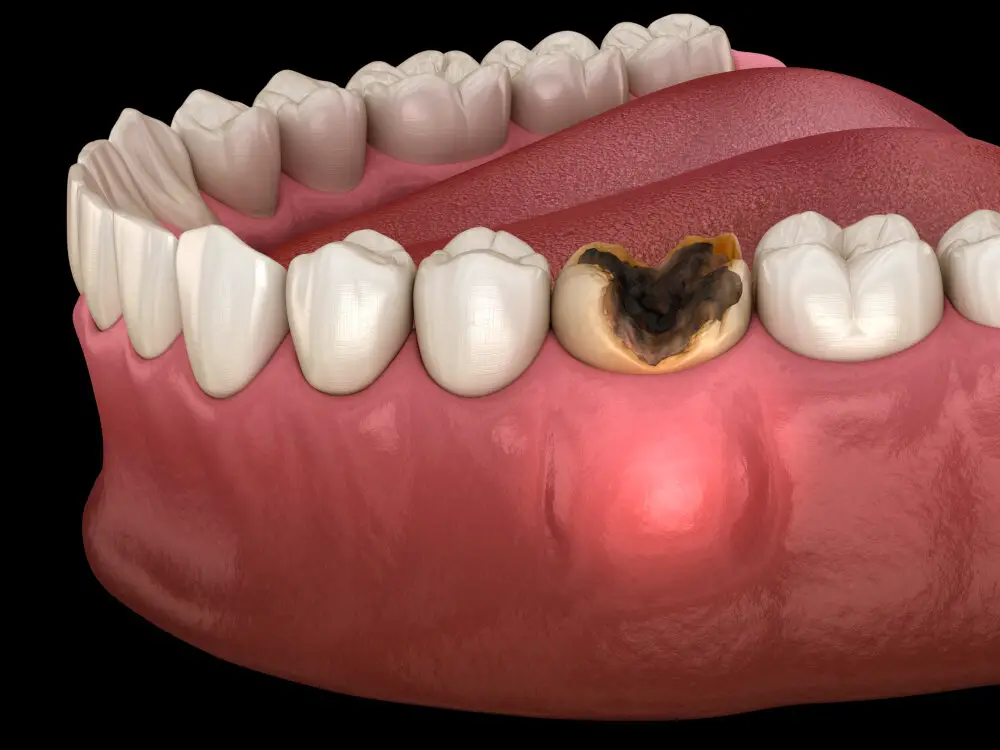
Dental problems are common in cats, and it’s essential to recognize the signs before they become severe. One of the most apparent signs of dental problems is bad breath. If your cat’s breath smells terrible, it could be a sign of periodontal disease, which is caused by the accumulation of bacteria in the mouth. Other signs of dental problems include drooling, reluctance to eat, and pawing at the mouth. If you notice any of these signs, it’s essential to consult a veterinarian for a dental check-up. Another sign of dental problems in cats is tartar build-up. Tartar is a hard, yellowish substance that accumulates on the teeth’ surface, causing gum inflammation and tooth loss. You can spot tartar build-up by looking at your cat’s teeth. If you notice brownish-yellow stains on the teeth, it’s a sign of tartar. Regular brushing of your cat’s teeth can help prevent tartar build-up and maintain good oral health. In addition, swollen or bleeding gums, loose teeth, and changes in eating behavior can also indicate dental problems and require immediate veterinary attention. By recognizing the signs of dental problems in cats early, you can take the necessary steps to prevent them from becoming more severe and keep your cat’s teeth healthy.
When it comes to cat dental care, it’s important to keep an eye on your cat’s teeth and gums. Look for signs of tartar buildup, which can be identified by a yellow or brownish discoloration on the teeth. Additionally, red or swollen gums may indicate gingivitis or periodontal disease. Pay attention to any bad breath, as this can be a sign of dental issues as well. If you notice any of these symptoms, it’s important to take action to prevent further dental problems. Regularly cleaning your cat’s teeth at home, along with scheduling annual dental check-ups with your veterinarian, can help keep your cat’s mouth healthy and pain-free.
Cats are known for their fastidious grooming habits, but even the most diligent feline can develop dental problems. Some signs of dental issues in cats include bad breath, difficulty eating, drooling, pawing at the mouth, and inflamed gums. In severe cases, cats may also experience tooth loss or develop abscesses. Regular dental care, including at-home teeth cleaning and professional dental cleanings, is essential to prevent and treat these issues. By staying vigilant and addressing dental problems promptly, cat owners can help ensure their furry friends enjoy happy, healthy lives.
Preventative Measures
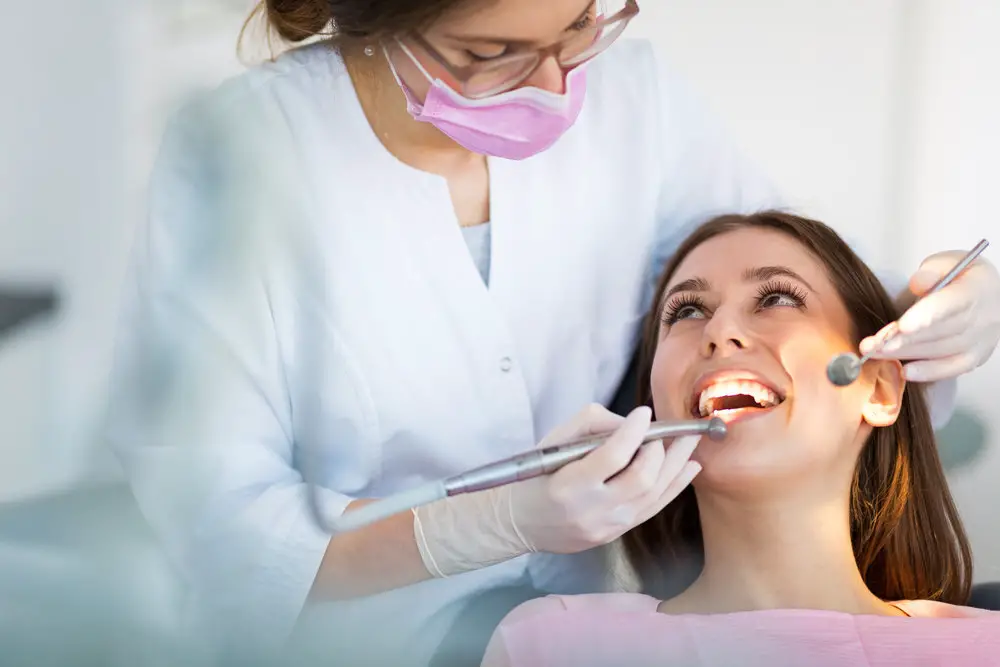
Preventative measures are crucial when it comes to ensuring your cat’s dental health. One of the most effective measures is to regularly brush your cat’s teeth. This can be done using a soft-bristled toothbrush and specially formulated toothpaste for cats. It is important to introduce this routine gradually and make it a positive experience for your cat. Start by letting your cat smell and taste the toothpaste before gently brushing their teeth for a few seconds. Gradually increase the time and frequency of brushing until it becomes a regular part of their routine. This will not only prevent dental problems but also provide an opportunity to detect any issues early on. Another preventative measure is to provide your cat with chew toys and treats that promote dental health. These can help to remove plaque and tartar buildup, freshen breath, and stimulate the gums. However, it is important to choose products that are specifically designed for cats as some human products can be harmful to their health. Additionally, ensure that your cat has a healthy diet that is low in sugars and carbohydrates, as these can contribute to dental problems. By implementing these preventative measures, you can ensure that your cat’s teeth and gums remain healthy and strong, preventing costly and painful dental procedures in the future.
Preventing dental problems in cats is crucial to their overall health. One of the most effective ways to maintain good oral hygiene in cats is to brush their teeth regularly. Start by introducing your cat to the toothbrush and toothpaste gradually, using positive reinforcement such as treats or toys. It’s important to use toothpaste specifically designed for cats, as human toothpaste can be harmful to them. Additionally, providing your cat with a healthy diet and chew toys can help keep their teeth clean and strong. Regular check-ups with a veterinarian can also help catch any dental issues early on. By taking these preventative measures, you can ensure your cat’s dental health and avoid costly dental procedures down the line.
Diet plays a critical role in maintaining good dental health for cats. Feeding your feline friend a balanced diet that is rich in nutrients such as calcium, phosphorus, and Vitamin D helps promote strong teeth and bones. Avoid giving your cat sugary or sticky treats, as these can increase the risk of tooth decay and gum disease. Additionally, consider incorporating dental chews or treats that are specially designed to help remove plaque and tartar buildup. Feeding your cat a high-quality diet and providing dental-friendly treats can go a long way towards ensuring your kitty’s teeth stay healthy and strong.
Conclusion
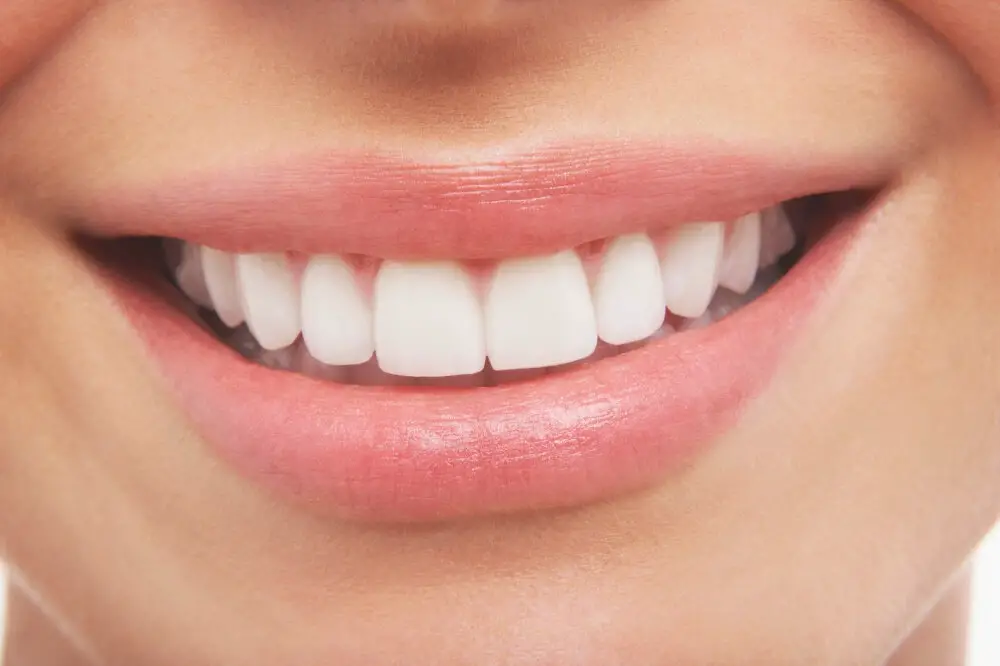
In conclusion, taking care of your cat’s dental health is crucial for their overall well-being. Neglecting their teeth can lead to various health problems, from bad breath to serious infections. By following the steps outlined in this guide, you can easily clean your cat’s teeth at home and prevent any dental issues from arising. Remember to be patient and gentle, and to use the appropriate tools and products. With consistent dental care, your furry friend can enjoy a healthy mouth and a happier, longer life. So, don’t hesitate to start implementing these tips and techniques into your cat’s dental routine today.



